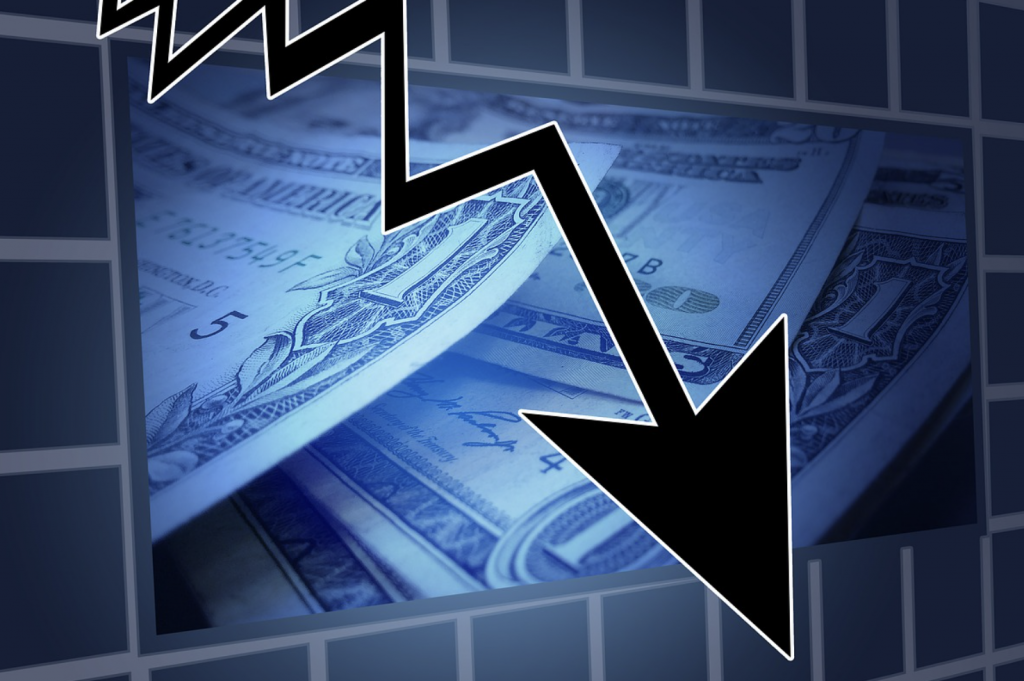Inflation Finally Subsiding?
At long last, there are strong indications that suggest that inflation is finally subsiding. Find out what the signs are.
This article is more than 2 years old

Inflation has had the Unites States firmly in its chokehold for over a year. Prices for everything have gone up. And it’s becoming exceedingly difficult for the average individual who’s living paycheck to paycheck to make ends meet with no end in sight. Alas, hope that inflation may finally be lessening its grip has emerged. Prices for goods online have dropped, potentially indicating that inflation could be slowly subsiding.
It might not feel like it yet, and you may have not even noticed, but prices for goods online have indeed gone down. According to Forbes, Adobe released data that confirmed e-commerce experienced a 1% deflation in July compared to last year. Compared to last month, e-commerce prices are down by 2%. These figures could very well signal that the Federal Reserve’s inflation-busting strategies are, at long last, beginning to work.
The reasons for the dropping prices can also be attributed to the overstock many companies are contending with at present. Inflation caused many people to shift where their money is being allocated. This meant that many individuals slashed any non-essential and leisure purchases from their budgets. Consequently, retailers like Target, Walmart, and Best Buy were left with hoards of unsold merchandise that they are having difficulty moving. The online price drops mimic the strategy that these retailers are using in their brick-and-mortar stores as they attempt to offload excess inventory. Simply put, companies are slashing prices to get rid of goods they don’t have room for.
The biggest signs of deflation were particularly evident in some product categories, according to the data collected by Adobe. Toy prices, for instance, fell by a total of 8.2% in July. Electronics as a whole fell by 9.3%. That’s greater than the current 9.1% rate of inflation.
The fact that prices online have fallen is a good sign. It’s especially nice to see the steep drops in some categories. However, it will likely be quite a while before the average consumer notices a difference in their budget. This is because the categories that experienced the most significant deflation are the categories that many people had already greatly reduced or eliminated from their allotted expenditures.
Moreover, prices for things like food still remain exponentially bloated. Adobe’s inflation report solidified this fact. Where other categories enjoyed deflation, online food prices are still up by over 13%. Prices for pet products have also increased by a whopping 12.6% compared to last year.
Meanwhile, perhaps in what amounts to some more hopeful news, gas prices have also started to go down. The national average is currently $4.03 which is down by more than $1 since the peak it reached in June. In fact, a total of 11 states are enjoying average prices between $3.53 and $3.64 per gallon. Overall, while inflation’s presence can still surely be felt there are indications that prices are beginning to head in the right direction. If this trend continues, hopefully, consumers will start to have some extra breathing room that has been long absent from their budgets.








